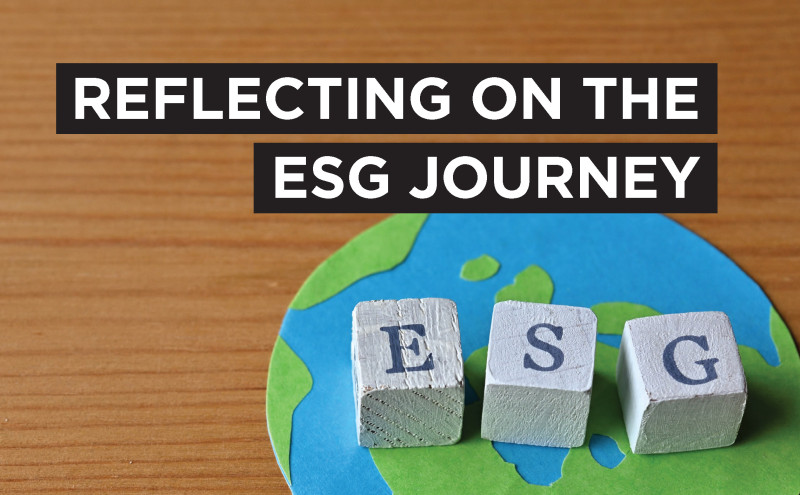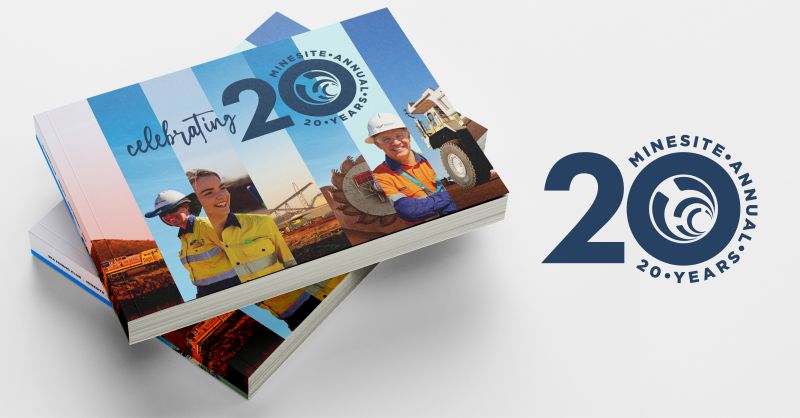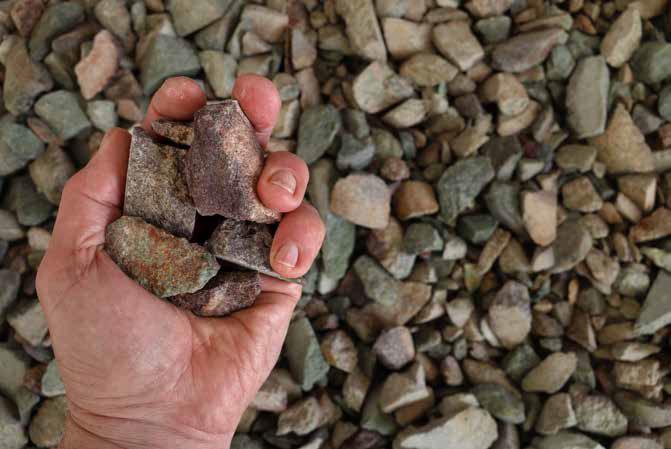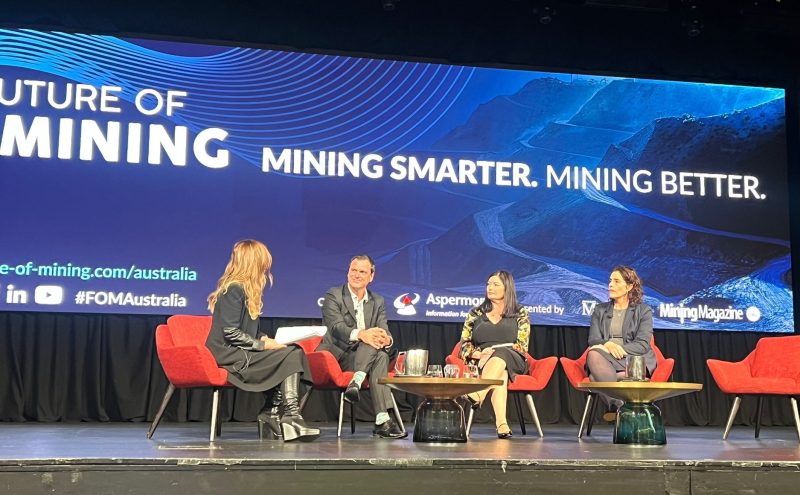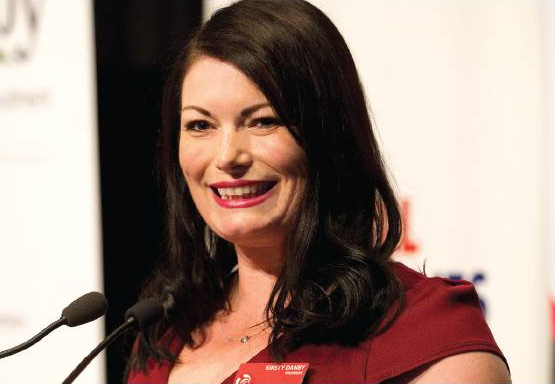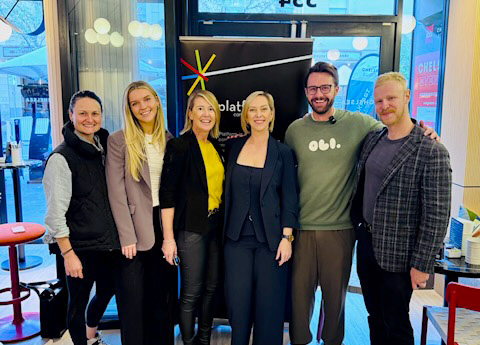We find ourselves in 2020 in Australia, (hopefully) emerging from one of the world’s greatest challenges unsure of what the new playing field looks exactly like and where ESG fits.
It should fit front and centre. Now more than ever.
Sophisticated activism continues to rise along with the search for equity in all areas such as race, gender, religion, economic status and investors, including the major funds, are driving change by applying ethical filters to investment decisions as part of the status quo.
Without doubt, this mixing pot of change is creating uncertainty and risk for the resources sector with contentious issues bringing disparate voices together for the first time resulting in serious ramifications.
As I look back on the past 30 years since I left university, naïve and optimistic and ready to change the world, I see a rather slow Environmental Social Governance (ESG) journey here in Australia punctuated by brief moments of shining leadership and change for the better.
Entwined in the ESG journey
Back in the early 1990s, there were three significant factors in Western Australia impacting on the resources sector, particularly mining – environment, safety and Native Title.
As I embarked on my career, I chose a very specific path which has always revolved around what is now referred to as ESG.
I started my career as a community journalist, determined to seek the truth, during which time I tutored local Aboriginal children in Rockingham and Kwinana.
Next up, I continued down my idealistic path and joined the Department of Environmental Protection, surrounding myself with other idealists, in this case mainly scientists.
I quickly learnt that no matter how much passion you have to save the world, it is often the organisations with the money that actually are in a position to make change in this space, so I joined the Department of Minerals and Energy.
At that time there was only one word on everyone’s lips in the industry. Safety.
It had only been in 1994 and 1995 that a new Act and Regulations had been introduced which clearly put the impetus of mine safety in terms of both responsibility and accountability firmly back with the mine operators.
During my time at the Department in 1997 and 1998 there was a horrific run of fatalities in the mining industry in WA with 21 people losing their lives at work, many of them at WMC Limited’s nickel and gold underground mines.
In March 1998, Mines Minister Norman Moore took the unprecedented action to release a media statement calling on WMC Limited to “explain their unacceptable fatality record over the past 12 months.”
This spate of fatal accidents, raised such grave concern in the industry and wider community that the Minister for Mines pushed the Mines Occupational Safety and Health Advisory Board to investigate and resulted in many recommendations which marked the start of the turnaround in the industry’s approach to safety.
Again I found myself pulled towards trying to make a difference and left Government to work for WMC, which itself was in the grips of massive change to address both safety and Indigenous challenges which had emerged following the release of Native Title legislation and later, the Wik decision.
To this day, I will never forget the times I got a call in the early hours of the morning to come into head office and help the crisis team deal with a death on one of our sites. Another family changed forever.
These were tumultuous times when there was starting to be a huge paradigm shift in the industry towards recognising the importance of these ‘non-operational’ issues and creating cultures which embraced them rather than see them as an ‘add-on’.
Australia’s first sustainability reporting
Interestingly, WMC was at the forefront of the move to start reporting about the triple bottom line (social, environment and financial), releasing its first environment progress report in 1996.
A quick flip through my bookcase (and trip down memory lane), I find examples of these ‘ESG’ reports, or as they were more commonly known then Sustainability reports, I’d worked on, including the WMC Community Progress Report to Employees 1999 and the WMC Limited Community-Environment Report 2000 (Toward Sustainable Development).
These were actually some of the very first Sustainability reports ever produced by a resource company to come out in Australia and they paved the way for it to become part of annual reporting within the industry.
A global push
The global move towards big companies addressing ‘sustainability’ really started gaining momentum around this time after the Global Reporting Initiative (GRI) was established in 1997 in Boston in response to the calls for corporate transparency.
With its roots in the environmental movement coming out of the 1989 Exxon Valdez oil spill, the aim of GRI “was to create the first accountability mechanism to ensure companies adhere to responsible environmental conduct principles, which was then broadened to include social, economic and governance issues.”
The first version of what was then the GRI Guidelines was published in 2000 – providing the inaugural global framework for sustainability reporting. Alcoa of Australia was on the guiding committee and the earliest adopter of sustainable mining under the GRI framework, and I was also lucky enough to work on their first sustainability reports.
The International Council on Mining and Metals (ICMM) was not far behind, and in recognising the increasing complexity behind the environmental, social and governances demands on industry, in 2003 it established its 10 principles for sustainable development which “set the standard of ethical performance for company members.”, based on the GRI Guidelines.
“Developed with extensive input from NGOs, international organisations, customers and academics, ICMM’s Mining Principles directly respond to evolving societal expectations of industry by strengthening member requirements on a variety of complex issues such as resettlement, mine closure pollution and waste.”
These principles and member requirements were further updated in February 2020, to endeavour to continue to align with the rising stakeholders’ expectations around ESG best practice and “seek to maximise the industry’s benefits to host communities and minimise negative impacts to effectively manage issues of concern to society.”
Money talks
The next major shift in the early 2000s was coining the actual term ESG, which came out of Who Cares Wins (WCW), initiated by the UN Secretary General and UN Global Compact in 2004 in collaboration with the Swiss government. The initiative was endorsed by 23 financial institutions collectively representing more than US$6 trillion in assets including the International Finance Corporation (IFC) and the World Bank Group.
“The past years can be described as a period of intense experimentation and learning regarding the relevance of ESG issues for investments and their integration into investment decisions. The industry has progressed considerably since 2004; it is today a commonly accepted fact that ESG issues can have a financial impact on single companies or entire sectors. The industry has also become more sophisticated in understanding when and where this impact is relevant. Leading analysts have developed the necessary techniques to integrate ESG issues into financial analysis – proving that ESG integration is absolutely within the reach of the analyst profession.” Who Cares Wins 2004-2008, Issue Brief, IFC.
Equity for Indigenous Australians
Around this time in the mid-2000s, the resources sector was grappling with native title and working alongside Indigenous Australians. Thanks to Rio Tinto, I was able to start collecting Traditional Owner stories and write about their journeys in a series of books.
I went on to write three books: Breaking New Ground: Stories of Mining and the Aboriginal People of the Pilbara (2006); Red Dust in Her Veins: Women of the Pilbara (2007); and Walking the Land Together: Pilbara Conversations (2018) which enabled me to sit down and interview Traditional Owners of all ages from around the Pilbara, gaining insights and knowledge which has influenced and informed me in ways for which I am deeply grateful.
I also worked for the Graham (Polly) Farmer Foundation in the mid-2010s, which at that time was chaired by John Toohey AC QC, a High Court Justice and one of the judges that on 3 June 1992 upheld the claim and ruled that the lands of this continent were not terra nullius or ‘land belonging to no-one’ and ultimately inserted the legal doctrine of native title into Australian law.
Also heading up the Foundation was Hon Fred Chaney AO and Dr Sue Gordon AM, two remarkable leaders who have been trailblazers for Indigenous Australians and basic human rights.
Enter the United Nations and SDGs
Human rights and eliminating poverty are two of the primary drivers for the Sustainable Development Goals (SDGs), now widely referenced by some of the world’s global resources giants in relation to ESG programs, including Rio Tinto, Woodside and BHP here in Australia.
Born at the United Nations Conference on Sustainable Development in Rio de Janeiro in 2012, coming into effect in late 2015, the SDGs’ objective was to “produce a set of universal goals that meet the urgent environmental, political and economic challenges facing our world”.
“The SDGs are a bold commitment to finish what we started, and tackle some of the more pressing challenges facing the world today. All 17 Goals interconnect, meaning success in one affects success for others. Dealing with the threat of climate change impacts how we manage our fragile natural resources, achieving gender equality or better health helps eradicate poverty, and fostering peace and inclusive societies will reduce inequalities and help economies prosper.”
Creating ‘real change’
So why should ESG be front of mind for all resource companies regardless of size? In the words of the United Nations: “In short, this is the greatest chance we have to improve life for future generations.”
The frameworks are now in place and change is inevitable and entirely achievable.
Improving the lives of future generations – not a bad legacy really to leave.
On that, I’d like to leave you with some words of wisdom from a Yindjibarndi Traditional Owner I interviewed a few years back when he tried his hardest to explain the concept of anya to me, a wadjela who couldn’t understand his language.
He told me the following to try and help me understand how Traditional Owners can allow mining on their land, and I quote:
“It’s our anya, or your word is reciprocity. See I haven’t got the tools, but you have, I have what you want, I will give you permission to dig it, now you give me my share, a portion and you take what you want. This is our way – what little I have got, I will halve that and give it to someone who is in need…they give me some, we share, it’s always anya, ok, you take and I take so that no one is without.”
He went on to say “we’re all red blood” – why can’t we just remember that and start to come together to create a fairer and better world for all Australians.
Let’s get on with it.
